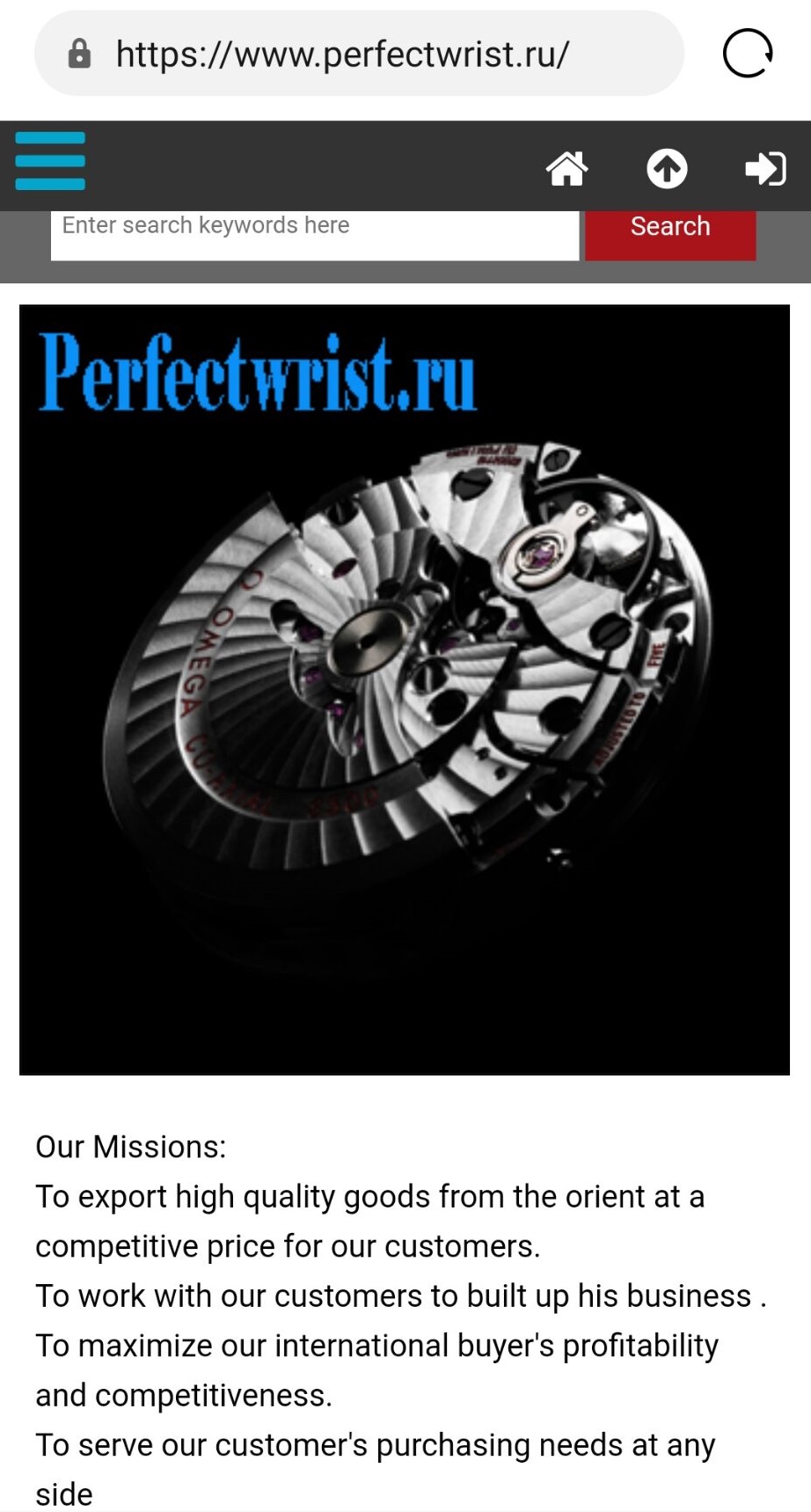Jaeger-LeCoultre Reverso didn’t make a Reverso from the 1940s until the early 1970s.
It’s hard to imagine now, with JLC recently celebrating the Reverso’s 90th anniversary and even hosting an entire exhibit dedicated to its unique reversing watch in New York last year. But for decades, it sat as a mostly forgotten footnote in the manufacturer’s history.
This changed in 1972 when Giorgio Corvo, then Jaeger-LeCoultre’s agent for Italy, visited the manufacturer in Le Sentier. “My grandfather [Giorgio] Corvo went to the manufacturer,” says Jacopo Corvo, the grandson of Giorgo, who now operates GMT Italia, a retailer and distributor of high-end indies in Italy. According to lore, Grandpa Giorgio opened a drawer in the manufacturer and stumbled upon a stash of 200 Staybrite steel (an early stainless steel alloy) Reverso cases, forgotten since JLC ceased production in 1948.
“My grandfather said, ‘we need a Jaeger-LeCoultre Reverso ,’” explains Corvo. “It was very common at the time for markets to ask a maison to make something.” The Royal Oak, a request from Audemars Piguet’s Italian distributor, is perhaps the most famous example of this. “Imagine the scene,” Corvo said. “It’s 1972, full quartz crisis. Swiss brands were falling one by one, going out of business. Everyone’s buying quartz Seikos.”
Especially after World War II, rectangular watches like the Reverso fell out of favor with buyers, so JLC stopped production in the late ’40s. But after discovering those old cases, Corvo kept pushing Jaeger-LeCoultre to bring back a Reverso for him to sell in Italy. JLC was resistant, especially because it knew how difficult the flippable Reverso case was to manufacture.
“Corvo took one or two cases back to Italy,” explains Matthieu Sauret, Jaeger-LeCoultre’s Product & Heritage Director. Corvo had watchmakers and technicians for after-sales service, so he put them to work. After a year, these watchmakers created a movement holder to fit a JLC caliber 840, a small oval-shaped movement, into the old Reverso cases. Corvo then brought this prototype contraption back to the Valle de Joux. “The Swiss watchmakers were a bit mad that an Italian watchmaker figured out something and they didn’t,” Sauret said. From there, Jaeger-LeCoultre industrialized Corvo’s system so that it could produce a run of Reversos using the 200 cases that had been found in Le Sentier.
A new dial was also designed for the “Corvo Reverso”: a beautiful white or grey dial signed “Jaeger-LeCoultre,” with Roman numerals, 100 of each color. The Roman numerals, in particular, set the grey dial apart from most other Jaeger-LeCoultre Reverso .
“We managed to sell all 200 Reversos in less than three months,” Jacopo Corvo said. For perspective, Jacopo told me that just a few years prior, Corvo sold only about 200 JLC watches in an entire year. There are legends that some of the most prominent VIPs in Milan bought a Corvo Reverso, including Gianni Versace and Gianni Agnelli (though I’ve never seen photos to prove this). After the success of the Corvo Reverso, Jaeger-LeCoultre soon got to the work of relaunching the Reverso worldwide. The Corvo was produced by 1975. Over the next few years, Jaeger-LeCoultre worked to manufacture a new case for the Reverso – more complex than the original, and also waterproof.
The real Reverso boom came in the 1980s with the introduction of the larger “Grande Taille” Reverso case.
The 1990s then became the golden age for the Reverso. To celebrate the Reverso’s 60th anniversary in 1991, JLC began adding complications to the Reverso for the first time. First came the 60ème, a Grande Taille Reverso with a power reserve indicator and date that featured a gold movement.
“The 60th anniversary is my favorite Reverso – it’s the one that changed everything,” Jacopo told me. Through the rest of the decade, JLC produced six limited-edition Reversos for each of six “traditional complications” – power reserve, tourbillon, minute repeater, chronograph (upon which last year’s Heritage Reverso Chronograph is based), geographique, and perpetual calendar. Each limited to 500 pieces, this run of complicated Reversos was a hit, especially in Italy.
“Italy was the first market in the world for many watch brands, and the Italian market helped many brands become what they are today,” Corvo said. “It’s a very mature market. People started to collect watches here in the 1940s and ’50s. And it wasn’t just for telling the time, it was fashion. They were predecessors of today’s watch collector.”
During this entire time, Jaeger-LeCoultre was home to many master watchmakers. First, it was Philippe Dufour; then, legends like Eric Coudray and Max Büsser, with Günter Blümlein leading the way for much of this period. This era of the rebirth of the Reverso is worth a separate article.
